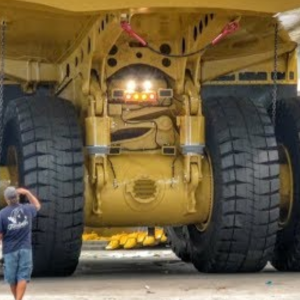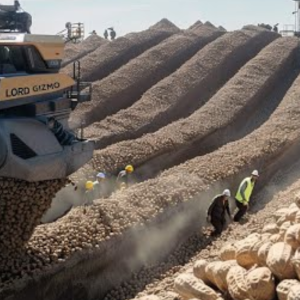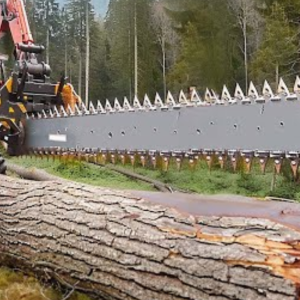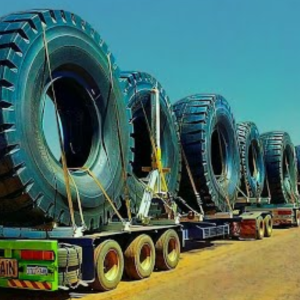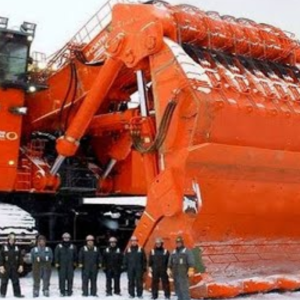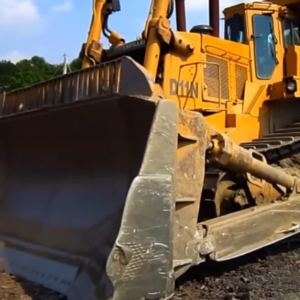 Between 1961 and 1966, Ford built some pickups that didn’t look quite right. Ford truck enthusiasts call these machines the Wrongbed pickups.
Between 1961 and 1966, Ford built some pickups that didn’t look quite right. Ford truck enthusiasts call these machines the Wrongbed pickups.

The curious saga of the Ford Wrongbeds begins here, with the company’s new Styleside pickups introduced in 1961 (above). In a departure from conventional U.S. pickup truck construction, Ford body engineers combined the cab and bed in a single welded assembly, which the company—with great fanfare—called “Integrated.” Note there is no gap between the passenger cab and the pickup box. They’re one unit. This style of construction was intended to provide a more sleek and contemporary look, and it also reduced the number of body panels and welds required, reducing manufacturing cost. While some folks call these trucks “Unibody,” borrowing the Chrysler trade name, that is a bit of a misnomer. There was still a conventional ladder frame underneath and only the bodies were unitized, if you will.

Actually, this mode of pickup truck construction is not so unusual today. You can find integrated cargo beds (in both unitized and body-on-frame versions) on the 2004-on Honda Ridgeline, the 2001-2013 Chevrolet Avalanche and Cadillac Escalade EXT, and Australia’s ubiquitous Ford Falcon and Holden Utes, among others. But when Ford attempted the design way back in ’61, a serious problem soon arose. Owners discovered that when the cargo box was loaded, the doors would no longer open. Or close. Body panels rippled and tore. The new body shell design was insufficiently rigid, twisting out of shape when loads were applied.
As Ford rushed to find a remedy for this embarassing problem, there was a solution close at hand, fortunately. The automaker’s Flareside, 4×4, and high-load capacity pickups were still built on the traditional separate-cab-and-box plan, and the Styleside models of the HD trucks used a ’57 to ’60-style pickup box, complete with round tail lamps and the previous generation’s styling and sheet metal parts. It looked weird, but at least it worked. F-100 Styleside pickups with the old-style separate cab and bed were hurried into production and offered alongside the Integrated models in 1962, and in mid-1963, the Integrated body style was quietly dropped altogether.

As we can see above, the pickup cab and cargo box don’t really match at all. The character lines don’t align and the styling themes are remarkably different. You can see how the Wrongbed label soon appeared. But this odd sheet-metal mashup didn’t seem to deter Ford pickup buyers much at the time, and it certainly doesn’t bother Ford pickup enthusiasts today. If anything, the Wrongbed feature generates collector interest and gives folks something to talk about. The Ford light truck line got a complete makeover in 1964 with conventional cab and bed (below) but even then, the oddball Wrongbed continued on through 1966 on one model, the long-wheelbase pickup with 9-ft. cargo box.

